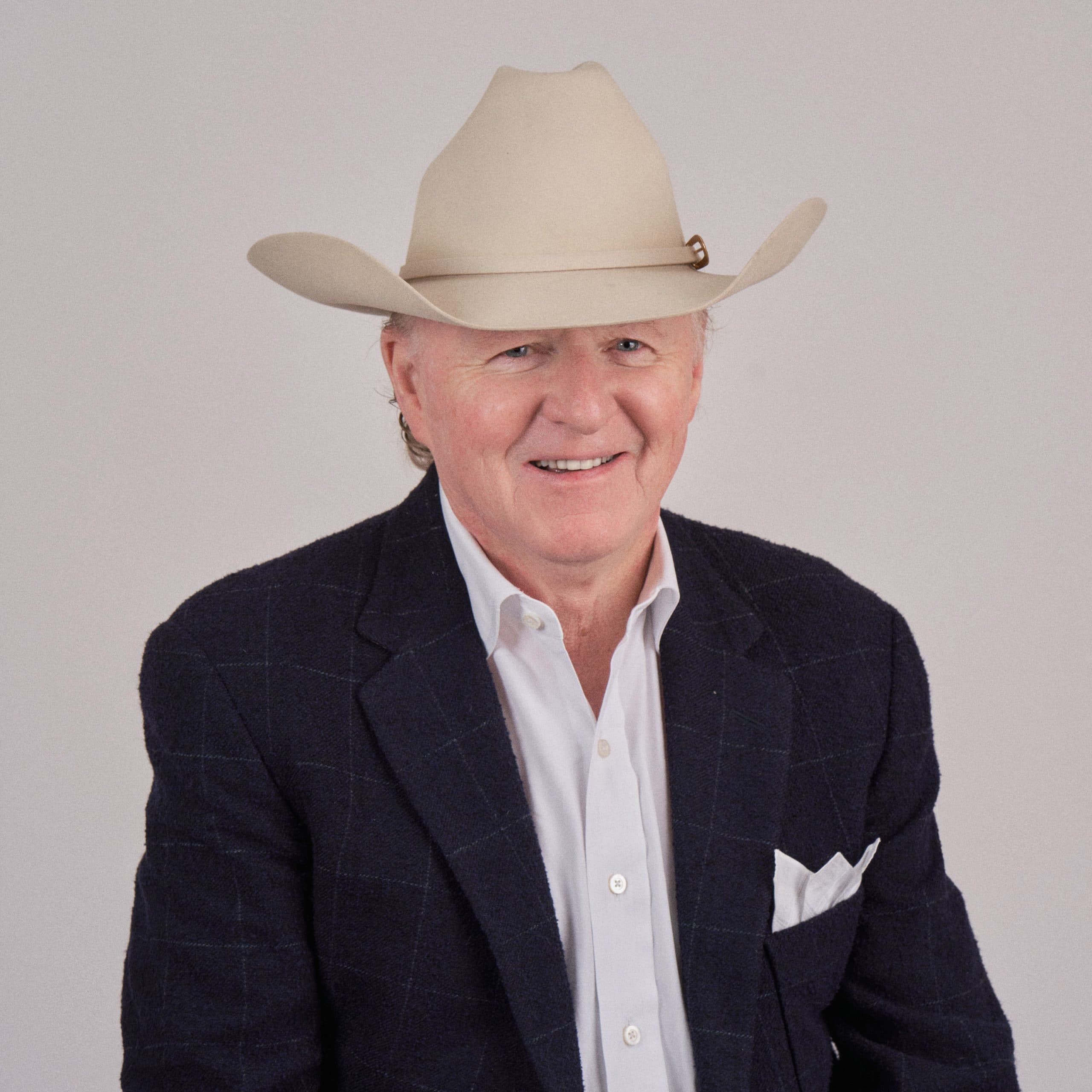As we head into Labor Day weekend and gear up for the beer-and-barbecue festivities it provokes, let’s take a moment to acknowledge the origins of this time-honored holiday that pays tribute to America’s workers and our nation’s legendary work ethic.
Labor Day became a national holiday in 1894 after years of labor union protests over intolerable working conditions in the late 19th century. Americans wanted to work but they wanted to be treated fairly. They didn’t want to be abused and they didn’t want employers to take advantage of their need to earn a living.
Basically, the nation’s workers, particularly those in factories, wanted an eight-hour workday, and improved working conditions. The average workday was 12 hours at that time. It was the age of industrialization as the country shifted from a farm and agrarian culture.
Demonstrations were held across the country on the first Monday in September to raise awareness of workers’ concerns and several turned violent, mostly notably the 1886 Chicago Haymarket Riot where several persons were killed. In the spring of 1894 a strike by the Pullman Palace Car Company, also in Chicago, led to the passage of a bill declaring a national holiday after politicians and legislators realized the seriousness of the movement and the threat to a contented, productive, healthy workforce.
Reforms followed, along with better relationships between employers and workers. There will always be tensions between labor and management but we have traditionally navigated those troubled waters in this country through our common purpose of seeking a strong economy that serves the interests of both employers and workers.
Today, however, that common purpose is threatened by an unprecedented and unfathomable phenomenon: workers who don’t want to work.
We can only imagine what the workers of 1894 – or even those of more recent decades – would think of current headlines about countless jobs going unfilled and employers’ frustration in the face of worker shortages. Economist Ray Perryman addressed the situation in Texas in a recent column on our website and an AP story examined the alarming number of job vacancies across the nation.
But it’s easy to guess the reaction of previous generations’ dedicated workers to the “quiet quitting” movement that has become pervasive in today’s workplace. It goes like this: workers come as close as they can to doing nothing without actually lying down on the job and falling asleep. It goes beyond doing only what you are asked; it’s about doing less than you are asked.
Many of the practitioners of this trend, which those of us in older generations would consider just plain laziness, are referred to as “zoomers,” or Generation Z. A TikTok post this summer described the trend as “You’re not outright quitting your job but you’re quitting the idea of going above and beyond.”
Between “quiet quitting” and the epidemic of potential workers refusing to seek work, this country is facing a crisis that threatens business at every level.
The zoomers and others in these new “don’t work too hard or don’t work at all” movements are not as visible as the marchers and protesters of decades long gone. When they get upset, they just go back to bed. Their impact is nonetheless felt in the business world, and all of society.
OK. That’s enough about the bad news. Let’s focus on the good news: It’s Labor Day weekend. In keeping with the times, forget about work, drink some beer, enjoy some barbecue, and take a long, lazy nap.
Richard Connor is president and publisher of the Fort Worth Business Press. Contact him at rconnor@bizpress.net







